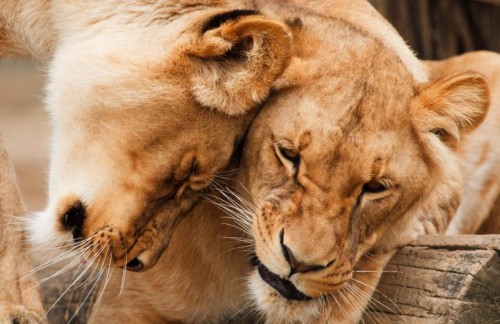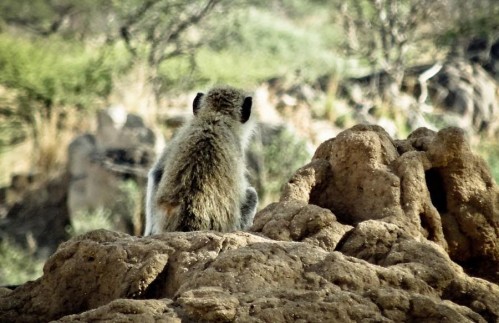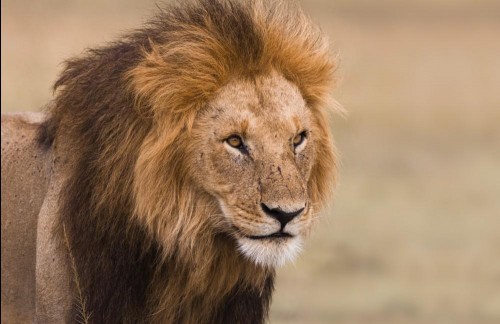What are Tsetse Flies?
Ahead of your trip to Tanzania, you'll doubtless have done plenty of research into the potential health risks you might encounter. You may even have read our guide to vaccinations for safaris.
You've had your shots, packed your anti-malarial medications, and you're ready for your African adventure.
However, there's one African resident who you can't really prepare for: the tsetse fly.
Resembling a regular house fly, the tsetse fly is a species of biting insect native to Africa. They not only have a painful 'bite', but have also been known to transmit the thus far incurable African Sleeping Sickness.
African Sleeping Sickness
African Sleeping Sickness is a potentially fatal disease transmitted by the bite of tsetse flies. The chances of infection from a bite are minimal, with most cases of African Sleeping Sickness being found in local hunters and farmers who have faced repeated exposure to bites.
Symptoms of sleeping sickness include fatigue, muscle aches, fever, and headaches. Eventually, these can progress to psychiatric disorders, seizures, difficulty sleeping, coma, and death.
With no vaccine or cure for the disease, it might seem quite alarming, but cases of African Sleeping Sickness are in sharp decline - with new cases at just 5% of the number they were in 1995.
Treatment is constantly developing, however, and contracting African Sleeping Sickness need not be seen as a 'death sentence'.

Am I At Risk in Tanzania?
While not as prevalent in Western or Central African countries, tsetse flies and African Sleeping Sickness remain a risk for both locals and visitors to Tanzania.
Those visiting rural areas and safari parks are at greater risk than those visiting Zanzibar or cities such as Arusha and Dar Es Salaam, but it's always good to exercise precautions to avoid exposure to the disease.
Where Will I Find Tsetse Flies?
Tsetse flies are found throughout Tanzania's Northern Circuit parks, but are especially common in Tarangire National Park, Lake Manyara National Park, and wooded areas of the Serengeti National Park.
The flies tend to seek shelter in bushy areas during the hottest parts of the day, so avoid doing walking safaris during these hours when your presence might agitate and awaken the lazy flies.
Strangely, tsetse flies are attracted to moving vehicles. When venturing through densely forested areas, it's a good idea to close your windows and keep your eyes peeled to avoid a painful surprise.

Avoiding Tsetse Flies
There's no need to let tsetse flies deter you from having your dream safari. While the bites can be painful (akin to a horsefly sting or ant bite), the chances of a tourist contracting African Sleeping Sickness are incredibly low.
Still, if you'd rather not experience their bite first hand, there are a number of precautions you can take:
- Wear long sleeved shirts and pants to cover exposed skin;
- Wear neutral colors. Tsetse flies are especially attracted to black and blue;
- Avoid walking through dense forest during the hot hours of the day;
- Insect repellent is only slightly effective at deterring tsetse flies;
- Sleep with a mosquito net.
Many Serengeti lodges and Tarangire lodges provide mosquito nets for all of their guests, and you'll also spot panels of black and blue fabric around the property's boundaries. These act to lure tsetse flies away from the camp or lodge, as they are attracted to the bright colours.
While tsetse flies are a frustrating part of the safari experience, they are still very much a part of the African experience.
If you exercise the proper precautions and keep an eye on your health after leaving Africa, you've got nothing to worry about.
Tsetse flies certainly shouldn't deter you from making your dream safari a reality.




















































